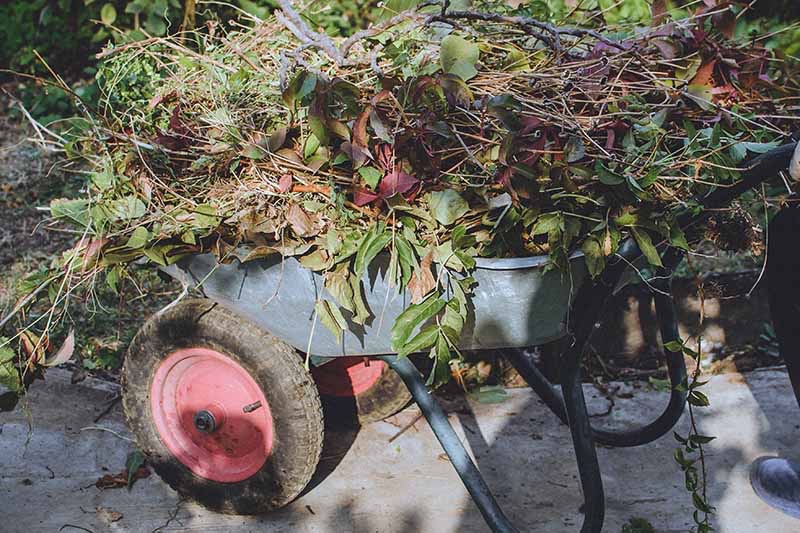Are you like me? Sad summer has ended but at the same time relieved because there is one less task to take care of. Besides watering, weeding, pruning, and more weeding most of the chores are over and the outdoor gardening year draws to a close.
It is now just a matter of cleaning and covering up garden beds etc. In this article we will be covering some practical steps involved in preparing your outdoor garden for winter:
Planting before winter
Now is the time for planting any bulbs. Most garden centers carry a wide variety suitable for the prairies. Always remember to buy good quality as cheap is rarely better. The larger the bulb, the larger the bloom. Likewise, look for firmness, plumpness, clean surface, and skins. Follow the directions for planting included with the package.
Protecting plants
Opinions tend to defer on whether to leave plants standing or cut them back through the winter. Some people leave their perennials standing so that the snow gets trapped and creates a cover. This temporary shelter is important for the protection of plants and retaining moisture. This snow cover also acts the same as good mulch by insulating the soil. Another benefit is much perennial seed heads and stems serve as a food source for many winter interests such as birds.
After the ground freezes, mulch shrub beds and perennials with compost, pine needles, chopped leaves, or peat moss. This protects the plant roots and soil while moderating the effects of extreme temperature changes during winter periods.
Evaluating your garden design
Before you start winterizing your garden take some time to evaluate what worked and what did not during the season. Also, make note of any areas that you would like to make improvements to or change in the spring.
Cleaning up the garden
Harvest any warm-season crops such as tomatoes, even if they are still green. Lay them out on windowsills or layer in boxes with newspapers between the layers. They will slowly ripen. You can also use green tomatoes for various green tomato recipes.
Pull out any spent annuals or remaining crops; clean up remaining weeds and debris to reduce the possibility of disease in the spring.
Prepare the soil for early spring seeding
Turn over the garden soil later in the season while amending with organic matter such as compost, well-rotted manure, or leaves. When spring arrives, the only preparation needed will be a light raking.
Caring for trees and lawns
Protect young trees from gnawing critters by wrapping the trunks or stems with chicken wire or commercial tree-guard products. To discourage rodents from nesting near trees and buildings remove weeds, and trim tall grass.
Ensure trees and shrubs go into winter well hydrated by deeply watering them. Do not prune trees and shrubs as it may encourage new growth just before the harsh weather.
Make any final cut to your lawns and fertilize with a low nitrogen ‘winter’ blend if needed. Use longer grass clippings for mulch or compost. They can be dug straight into the garden or used for pathways to avoid sending them to the landfill. Shorter grass clippings act as excellent fertilizers so feel free to leave them on the lawn.
Cleaning your tools
Clean any soil or dirt from all your gardening tools. Oil any moving parts and wooden handles. Sharpen any dull blades, and then store your tools in a dry place for the winter.
Composting
Compost dead plant debris including leaves so you can reuse them in the yard and garden. Think of leaves as a useful natural resource, rather than a nuisance. They are good soil amendment as well as terrific mulches. Moreover, leaves require little effort to be recycled into a wonderful soil conditioner known as leaf mold.
You can produce leaf mold by the same process nature does. Gather up moist leaves into a pile and wait for them to decompose. Shredding the leaves into smaller pieces before piling them up can help the process move along a bit quicker. You can optionally enclose the pile with snow fencing, chicken wire, or something similar.
Bringing in your indoor plants
Examine any outdoor houseplants plants for critters before bringing them in. Spray and wash them with insecticidal soap or soapy water. If re-potting your plants, use sterilized potting soil purchased from garden centers or shopping malls. Do not use garden soil as it may harbor insects, fungi, weed seeds, and disease.
Water Gardening
Bring in any pumps. Drain, clean, refill them if necessary, and store tender water plants prior to freezing.

